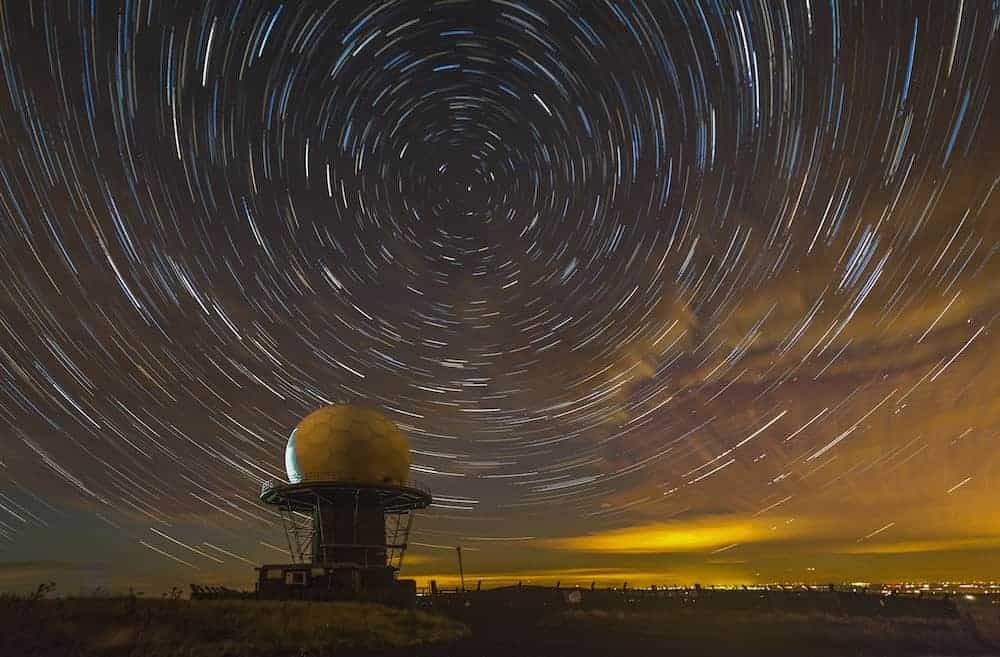
Credit;SWNS
Mysterious worlds most likely to harbour alien life have been discovered by astronomers.
A pioneering technique combined 3D climate modeling with atmospheric chemistry to identify the conditions that are required.
It takes into account a star’s radiation and the rotation rate of orbiting planets, narrowing down the search for ET.
Study senior author Professor Daniel Horton said: “Our study can help limit the number of places we have to point our telescopes.”
It could help solve the ultimate riddle that has fascinated humanity for thousands of years.
Lead author Howard Chen, a PhD candidate, said: “If we can predict which planets are most likely to host life, then we might get that much closer to answering the question of whether we are alone in the universe within our lifetimes.”
Thousands of exoplanets – planets orbiting a star outside our solar system – have been discovered. But working out which may be habitable has been impossible – until now.
The US team found they need to be around an inactive, or quiet, star as this is most likely to maintain life sustaining liquid water. Otherwise, it will be lost to vaporisation.
They also showed planets with thin ozone layers, which are otherwise temperate, receive dangerous levels of ultraviolet (UV) radiation, making them hazardous for complex organisms.
Mr Chen, of Northwestern University in the US, said: “For most of human history, the question of whether or not life exists elsewhere has belonged only within the philosophical realm.
“It’s only in recent years that we have had the modeling tools and observational technology to address this question.”
The study, published in the Astrophysical Journal, focused on red dwarf stars – the most common and longest lived type in the galaxy. They are the most likely place for us to find alien life.
Prof Horton, also of Northwestern, said: “Still, there are a lot of stars and planets out there, which means there are a lot of targets.”
Scientists already have the instruments to detect water vapour and the other important factors on board the Hubble Space Telescope.
The imminent James Webb Space Telescope that will scour distant planets for signs that could indicate life will also be equipped with them.
The new tool will help decide exactly where in the Milky Way they should be looking. For instance, it found some planets,previously believed to be habitable, receive too much UV radiation.
To sustain complex life, planets need to be able to maintain liquid water. If a planet is too close to its star, then water will vaporise completely.
If a planet is too far, then water will freeze, and the greenhouse effect will be unable to keep the surface warm enough for life.
This ‘Goldilocks area’ is called the “circumstellar habitable zone,” a term coined by Professor James Kasting of Penn State University.
Researchers have been working to figure out how close is too close – and how far is too far — for a planet to sustain liquid water. In other words, they are looking for the habitable zone’s ‘inner edge.’
Mr Chen explained: “The inner edge of our solar system is between Venus and Earth. Venus is not habitable; Earth is.”
The researchers are looking beyond our solar system to pinpoint the habitable zones within M dwarf stellar systems.
Because they are numerous and easier to find and investigate, M dwarf planets have emerged as frontrunners in the search for habitable planets.
They get their name from the small, cool, dim stars around which they orbit, called M dwarfs or ‘red dwarfs.’
By coupling 3D climate modeling with atmospheric chemistry and photographs, the researchers constructed the most complete picture of how a star’s UV radiation interacts with the gases, including water vapour and ozone, of a planet.
In their simulations, they found a star’s radiation is vital in whether or not a planet is habitable. Specifically, planets orbiting active stars are vulnerable to losing significant amounts of water due to vaporisation.
This stands in stark contrast to previous research using climate models without active photo-chemistry.
Mr Chen said: “3D photo-chemistry plays a huge role because it provides heating or cooling, which can affect the thermodynamics and perhaps the atmospheric composition of a planetary system.
“These kinds of models have not really been used at all in the exoplanet literature studying rocky planets because they are so computationally expensive.
“Other photo-chemical models studying much larger planets, such as gas giants and hot Jupiters, already show that one cannot neglect chemistry when investigating climate.”
It has also been difficult to adapt these models because they were originally designed for Earth based conditions.
Prof Horton added: “To modify the boundary conditions and still have the models run successfully has been challenging.”